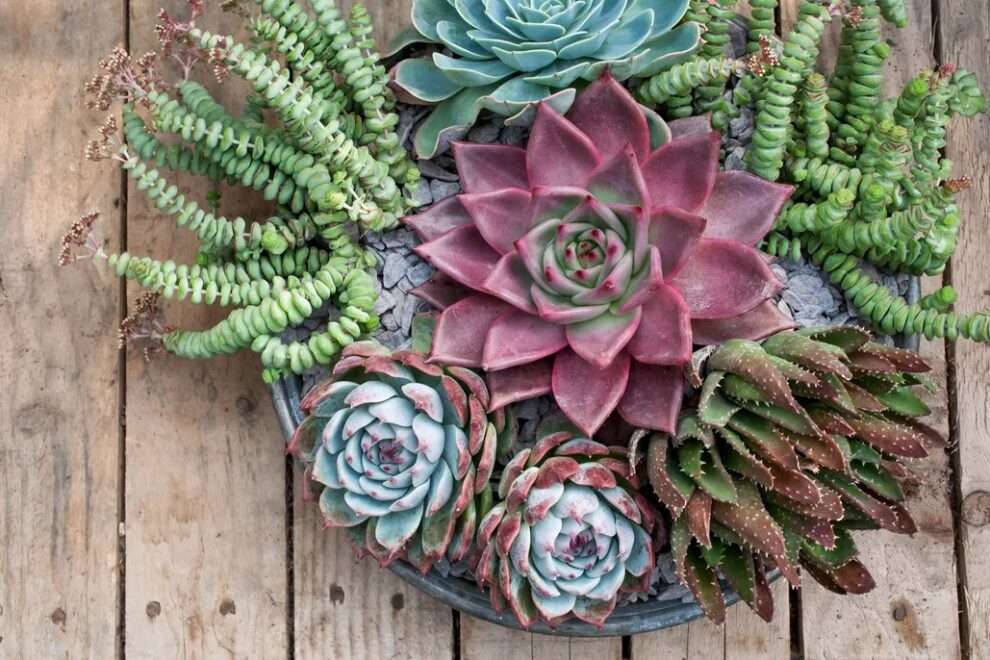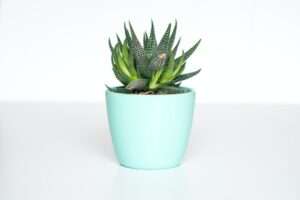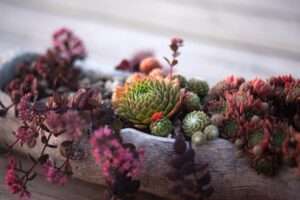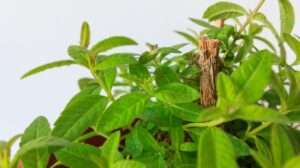Succulents are a type of plant that have adapted to survive in arid environments by storing water in their leaves, stems, and roots. They are known for their unique and often striking appearance, with thick, fleshy leaves and stems. Succulents come in a wide variety of shapes, sizes, and colors, making them a popular choice for indoor and outdoor gardens.
Understanding the life cycle of succulents is important for their care and maintenance. Like all plants, succulents go through a cycle of growth, flowering, and reproduction. This cycle can vary depending on the species of succulent, but generally follows a similar pattern.
The Beauty of Succulent Flowers: Why Do They Bloom?
One of the most fascinating aspects of succulents is their ability to produce beautiful flowers. While not all succulents bloom, many do under the right conditions. The reasons why succulents bloom can vary, but it is often triggered by factors such as temperature, light exposure, and age.
Succulent flowers come in a wide variety of shapes, sizes, and colors. Some succulents produce small, delicate flowers that are barely noticeable, while others produce large, showy blooms that can last for weeks. The flowers can range in color from vibrant reds and oranges to soft pinks and purples.
Do Succulents Die After Flowering? The Common Misconception
There is a common misconception that succulents die after they bloom. This misconception likely stems from the fact that some plants do die after they flower and produce seeds. However, this is not the case for most succulents.
While it is true that some individual leaves or stems may die off after flowering, the main plant itself does not typically die. In fact, many succulents can continue to grow and thrive for years after they bloom. It is important to understand this misconception so that you can provide the proper care for your succulents after they flower.
The Truth About Post-Bloom Care: What Happens Next?
After a succulent has finished blooming, it will enter a period of rest. During this time, the plant will focus its energy on storing nutrients and water in preparation for future growth. This is an important stage in the life cycle of a succulent, as it sets the stage for future blooms and growth.
During the post-bloom period, it is important to provide your succulent with the proper care and maintenance. This includes adjusting your watering and fertilizing routine to meet the needs of the plant during this stage. It is also important to monitor the plant for any signs of pests or diseases, as succulents can be susceptible to certain issues during this time.
How to Care for Your Succulent After Flowering: Tips and Tricks
Caring for your succulent after it has finished blooming is crucial for its long-term health and vitality. Here are some tips and tricks to help you care for your succulent during this stage:
1. Watering: During the post-bloom period, it is important to adjust your watering routine to meet the needs of the plant. Succulents generally prefer dry conditions, so be sure to allow the soil to dry out between waterings. Avoid overwatering, as this can lead to root rot and other issues.
2. Fertilizing: While succulents do not require frequent fertilizing, it can be beneficial to provide them with a balanced fertilizer during the post-bloom period. This will help replenish nutrients in the soil and promote healthy growth.
3. Adjusting light exposure: Succulents generally prefer bright, indirect light. However, during the post-bloom period, it may be beneficial to provide them with slightly less light to allow them to rest and recover. Avoid placing them in direct sunlight, as this can cause sunburn.
The Importance of Pruning: How to Encourage New Growth
Pruning is an important aspect of succulent post-bloom care. By removing dead or dying leaves and stems, you can encourage new growth and prevent the spread of pests and diseases. Here are some tips for pruning your succulent:
1. Use clean, sharp tools: When pruning your succulent, be sure to use clean, sharp tools to prevent the spread of bacteria or disease. Sterilize your tools before and after each use to ensure they are free from any contaminants.
2. Remove dead or dying leaves: Dead or dying leaves can attract pests and diseases, so it is important to remove them promptly. Gently pull the leaves away from the plant, being careful not to damage the healthy leaves or stems.
3. Trim back overgrown stems: If your succulent has become overgrown or leggy, you can trim back the stems to encourage new growth. Use sharp scissors or pruning shears to make clean cuts just above a leaf node.
Dealing with Pests and Diseases: Protecting Your Succulent from Harm
Succulents are generally hardy plants, but they can still be susceptible to certain pests and diseases. Common pests that can affect succulents include mealybugs, aphids, and spider mites. These pests can cause damage to the leaves and stems of the plant, leading to stunted growth or even death.
To prevent and treat pest issues, it is important to regularly inspect your succulents for any signs of infestation. Look for small insects, webbing, or discoloration on the leaves or stems. If you notice any signs of pests, you can try using natural remedies such as neem oil or insecticidal soap to control the infestation.
Propagation: How to Multiply Your Succulent Collection
One of the great things about succulents is that they are relatively easy to propagate. Propagation is the process of creating new plants from existing ones, and it can be a fun and rewarding way to expand your succulent collection. Here are some tips for successful propagation:
1. Leaf propagation: Many succulents can be propagated from individual leaves. To do this, gently remove a healthy leaf from the plant and allow it to dry out for a few days. Once the leaf has calloused over, place it in well-draining soil and water sparingly. Over time, the leaf will develop roots and a new plant will begin to grow.
2. Stem propagation: Some succulents can be propagated from stem cuttings. To do this, carefully cut a healthy stem from the plant and allow it to dry out for a few days. Once the cut end has calloused over, place it in well-draining soil and water sparingly. Over time, the cutting will develop roots and a new plant will begin to grow.
Common Succulent Species and Their Post-Bloom Care
Different species of succulents have different post-bloom care needs. Here are some common succulent species and their specific care requirements:
1. Echeveria: Echeverias are popular succulents known for their rosette-shaped leaves and vibrant colors. After blooming, echeverias benefit from regular watering and fertilizing to promote healthy growth.
2. Sedum: Sedums are hardy succulents that come in a wide variety of shapes and sizes. After blooming, sedums benefit from regular pruning to remove dead or dying stems and leaves.
3. Crassula: Crassulas are versatile succulents that come in many different varieties. After blooming, crassulas benefit from regular watering and fertilizing to promote healthy growth.
Conclusion: Keeping Your Succulents Happy and Healthy for Years to Come
In conclusion, understanding the life cycle of succulents and providing proper post-bloom care is essential for keeping your plants happy and healthy for years to come. By adjusting your watering and fertilizing routine, pruning when necessary, and monitoring for pests and diseases, you can ensure that your succulents continue to thrive long after they bloom. With a little bit of care and attention, your succulent collection can bring you joy and beauty for many years to come.
If you’re a succulent enthusiast, you may have wondered what happens to succulents after they flower. Do succulents die after flowering? This article from GirlsGist explores the topic and provides insights into the life cycle of succulents. It discusses whether succulents die after flowering or if they continue to thrive. To learn more about this fascinating topic, check out the article here.

















Add Comment